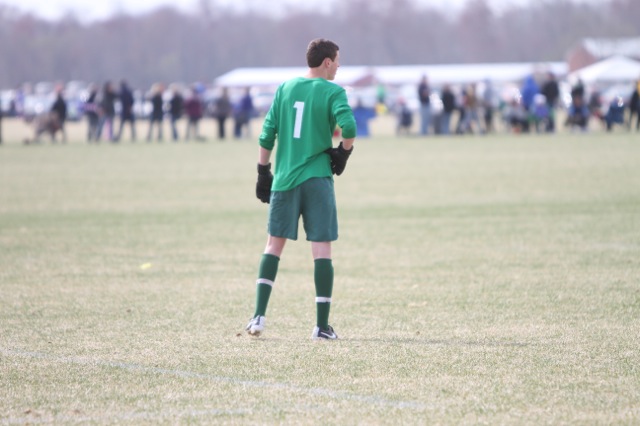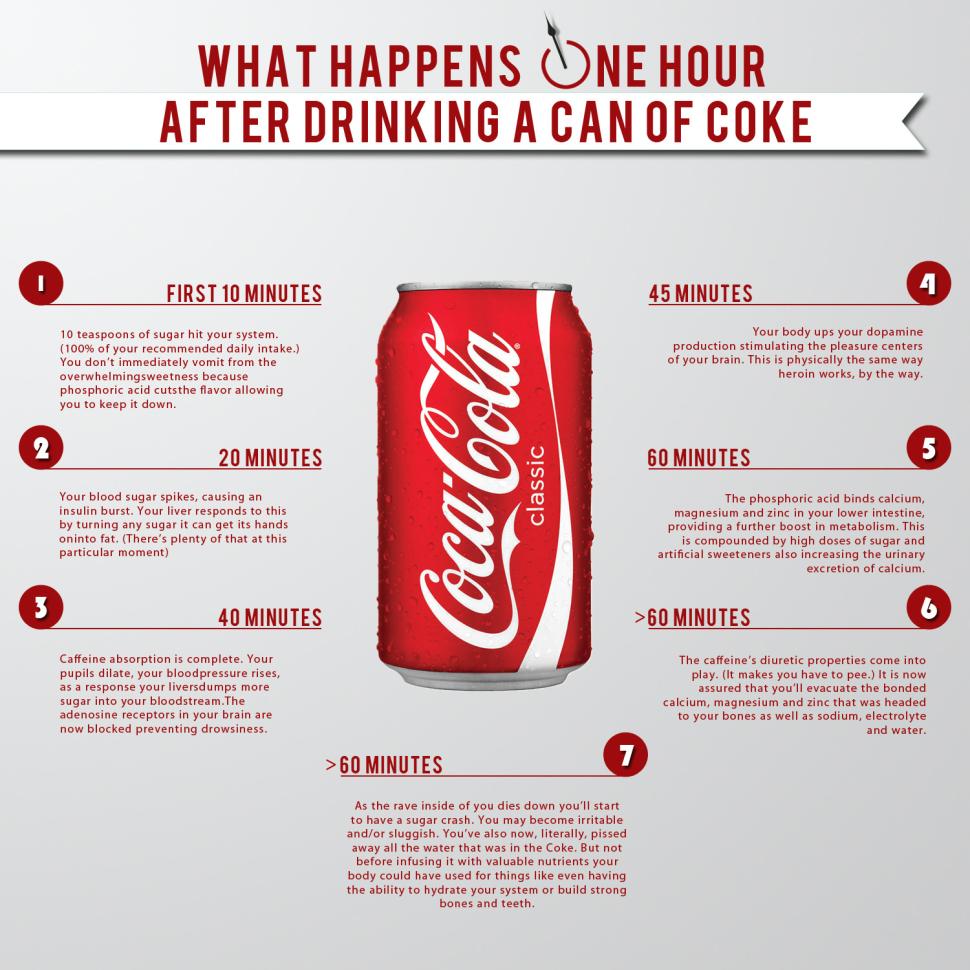 Unfortunately for many of my goalkeepers, having a designated goalkeeping coach during High School season is an exception rather than the rule.
Unfortunately for many of my goalkeepers, having a designated goalkeeping coach during High School season is an exception rather than the rule.
With this in mind, the High School age goalkeeper is going to have to call upon some experience of training.
Here are some scenario’s that may occur.
1 – You are treated like any other player, having to do all the fitness of outfield players, and outfield drills
2 – You are told to go to a corner of a field and do “Goalkeeper stuff” on your own until the team is ready
3 – A coaches assistant ( who is not a goalkeeping expert ) comes to kick balls at you
Of course, throughout the course of the season you may encounter all three scenarios.
I’d like to address the three scenarios and give some help on how you can get the best out of all three.
1 – It is important that you as a goalkeeper are held in high regard by the coach, the captains and the other members of the team. Doing the running with the team will help create a bond. The long distances are not necessarily conducive with goalkeepers play, but we do need a certain level of fitness that aerobic training will give. Embrace this, rather than try to get out of it. There is a certain satisfaction in finishing strong above and beyond outfield players. As a goalkeeper, you are also keeping an eye on the characteristics of your team members. Who is likely to give up? Who is a leader?
It is important to establish yourself as part of the cool group and by trying to shy away from this preseason training will not win friends and influence people. Be a part of the team as opposed to apart from the team
Use the outfield training to improve your first touch, speed of play and passing ability. As goalkeepers, we have to be good soccer players with the ability to use our hands rather than being stuck in goal because we are no good out on the field. With that being said, see if there is any way you can adapt your part of the practice and relate to goalkeeping. Defensive headers may be adapted to collecting a high ball for example.
Be aware of numbers that the coach has…….. if there are odd numbers, you may suggest that an outfield player takes your place being a passive defender on a drill and you can prove your leadership in running a goalkeeping session off to the side, either by your self or with the other goalkeepers. The Goalkeeper HQ Membership site has a number of goalkeeping drills in each category which you can use.
2 – Running your own goalkeeping session. Show leadership, especially if this is something you have suggested to coach as opposed to doing an outfield exercise. This is where your experience of good goalkeeping training that you have had in the past will help. Collect any equipment you may need. Be aware that you do not always need a goal and that by collecting a few extra balls will help with the intensity. Coach will like to see an intensive session being carried out to make him or her feel at ease with letting the goalkeepers go to the side to do their own thing. Handling and footwork drills often provide the desired visual effect for coach and is good for goalkeepers from Freshmen to Seniors. Bear in mind that the goalkeeper should be the Quarterback of the team and a variety of distribution methods should also be practiced
Ask your coach if there is anything he or she wants you to work on, if they don’t, have a theme in mind for the session. Footwork, Handling High, Handling low, Diving low, Diving high. High balls, deflections. There are plenty of drills on the internet. Be aware not to just do the drills that you enjoy. Whist trying to be realistic with any shot stopping drills you may have, ensure that the service in contained. Coach will not take kindly to wayward balls coming into their session or be looking over and the only thing they see is the goalkeepers collecting shots that have not worked the intended goalkeeper.
3 – If you get an assistant to work with you, this is a good thing as it will provide good service. Be aware that being told to warm up the goalkeeper, or work with the goalkeeper to them may mean just kicking shots at you. Be respectful, but be an authority on the position. “Thanks for working with me coach – I’d like to work on xyz today. I have a drill in mind, can you help me with it?” will provide a win / win for both parties. The coach will not have to think on his or her feet, and you get the most out of the goalkeeping.
As good as it is for goalkeepers to train alone, it is just as important for you to train with the team, even if you are not the center of attention. The GKHQ membership site provides a video on the benefits of outfield training to goalkeepers. A good coach will get the goalkeeper involved in the tactical aspects of play, playing out from the back, defensive shape, the organization from set pieces, tempo of the game. All of which involve goalkeepers. Even if you are not the starting goalkeeper and on the field, it is important to educate yourself on what is needed.
Join the Goalkeeper HQ Members for more in-depth articles, videos, interview, and resources.










